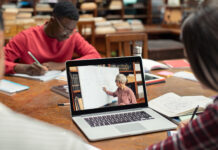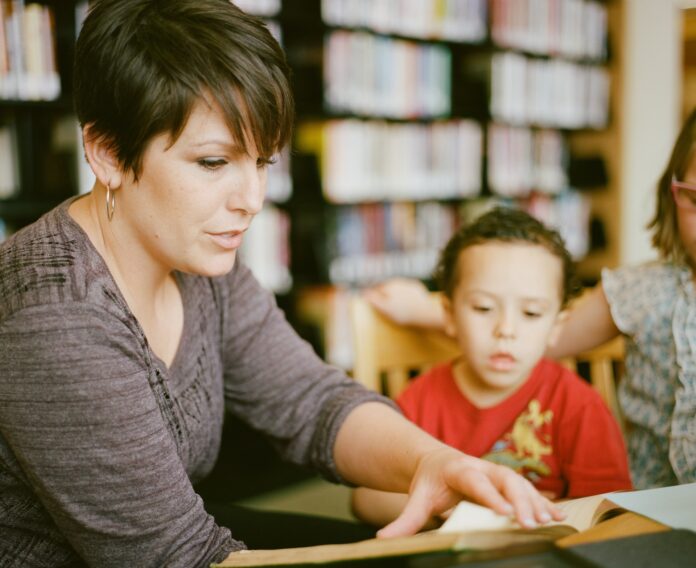
Schools are, by nature, places of positive upheaval where ideas, issues, and interests are conflicting, but we want them to be dynamic, creative, and healthy as opposed to traumatic. However, occasional disputes do happen and often lead to bitterness and can have quite a negative impact on the entire school community.
Fortunately, most disputes and conflicts are resolved accordingly. Schools vary when it comes to ways of resolving their conflicts, the most successful being those that manage to encourage pro-educational attitudes, democratic processes, and positive role models, ensuring all parties involved have their say.
Sadly, some schools don’t manage conflicts well, by delaying intervention in the hope that it’ll simply blow over so the situation creates a negative atmosphere and corrupts human relationships.
Impact of disputes among teachers
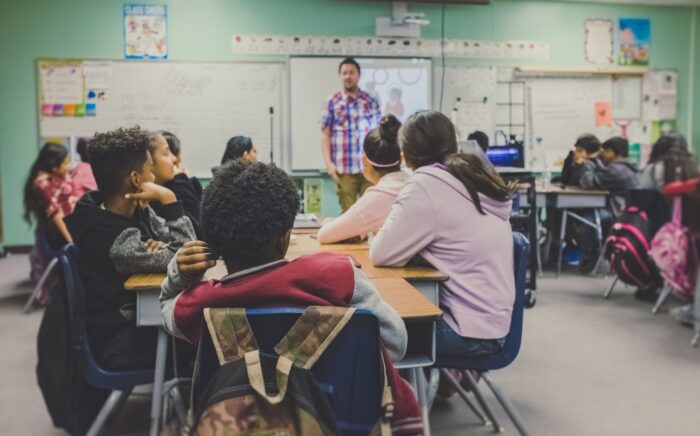
It is not uncommon to see disagreements and conflicts among various parties in school, but there aren’t any formal mechanisms in place. Most school management see it as a private issue between parties and stay out of it unless they’ve been asked to help or mediate.
What is important to note here is that there’s always some impact on the mental and physical health of the parties involved. If the dispute is among teachers, it will affect their capacity to be a part of staffroom social life, which is a form of refuge from a rather stressful teaching job.
Most colleagues are reluctant to get involved or they’re pressured to take sides and if disputes persist unresolved, the parties may even take a stress-related sick leave. This inevitably impacts the students as well. All participants are left feeling dissatisfied, not listened to, and treated unfairly which has a serious impact on their morale and the working environment.
Classroom conflicts

As teachers spend most of their time in the classroom, handling conflicts there is a typical part of their working lives. They are aware that even the smallest disputes can have a negative impact on the classroom atmosphere and interfere with maintaining good long-term relationships.
This is the reason why managing student conflicts in time and peacefully is a very important part of educators’ work. If there is to be a classroom where the community is valued, then students’ conflicts must be approached with reconciliation in mind and be turned into teachable moments so they can learn and understand their actions and those of others, and manage to find a satisfactory solution together.
Mediation as a resolution mechanism

Mediation is a willful and deliberate process of conflict prevention and a solution that gives the parties involved an opportunity to approach their issues in a way that is confidential and safe. Mediators are usually skilled and trained in conflict resolution and know ways of giving people the best chance of resolving their disputes.
The process of mediation can significantly improve communication and cooperation, defuse emotions and clearly define the areas of disagreement and agreement. Statistical data show that it’s successful in more than 80% of cases. Its greatest benefit is that it offers an alternative conflict resolution strategy that allows schools to avoid not just detrimental emotional consequences of conflicts, but also potentially costly litigations, negative publicity, and damaged reputation.
Peace-making from the start
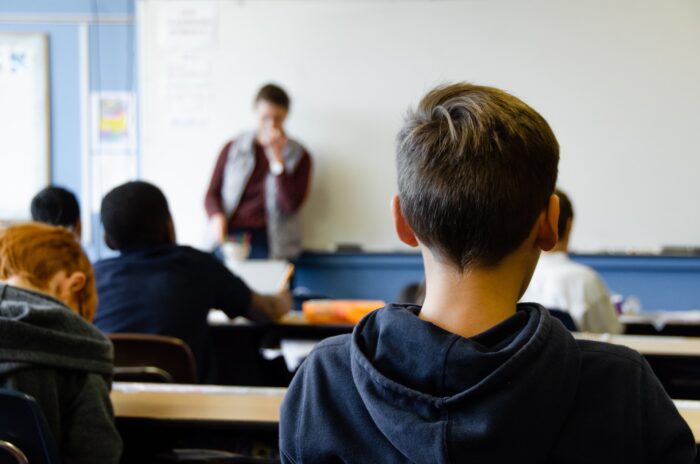
Schools that are truly devoted to conflict resolution directly teach their students the necessary skills for collaboration and collective problem-solving. They begin their peace-making work even before problems and conflicts arise.
This is why it’s important to teach students from the very first week about how their actions impact the community, positive ways of showing emotions, communicating needs, ways of working in groups, setting goals and using problem-solving skills to resolve disputes.
It’s important to remember that conflicts frequently arise due to fear, frustration or anxiety, or the combination of all, so teachers need to help students learn how to recognize emotional triggers and deal with them constructively, which can be done through mindful activities, reflection and various forms of movement.
A path to a solution
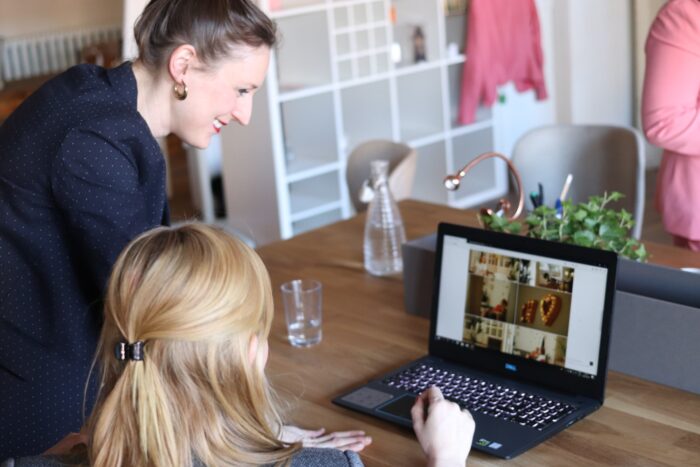
If problems do arise, teachers can use their conflict-resolving strategies to help students overcome their issues together. As mentioned in the paragraph before, create a teachable situation where students can acknowledge the problem, talk about their emotions and attitudes, propose solutions, and find closure.
One thing that is particularly useful and constructive in these moments is giving students a chance to take a break, cool off, and reflect on their feelings. Even if conflicts arise in the middle of your class and you’re not really in the position to discuss the problem, you can provide the students with privacy so they can cool down and prepare for the discussion later.
According to Open Colleges, an excellent way to clear one’s mind and focus on awareness, mental clarity, and stabilizing emotions is meditation. A way of directing mental attention is called mindfulness and it involves focusing your thoughts, emotions, and bodily sensations on the present moment.
Regular mindfulness practice can improve emotional wellbeing and behavior, academic performance, social skills, and lower depression and anxiety. This is an excellent tool to be taught in schools as it can empower students to reduce the effects of bullying, build confidence and resilience, and improve their overall health.
In these situations, teachers act as guides allowing the students to work on the solution and learn valuable things about themselves and others in the process. They should be given the opportunity to share their views and perspectives on the issue and once they’ve managed to see it from a different angle, they can proceed to find a solution. Depending on how mature the students are, the teacher can provide some options or work together with them to choose an appropriate solution. What is important here is to have all students involved feel comfortable with the solution, even if they had to make compromises.
Students can also be encouraged to affirm, thank, and forgive.
This means they affirm each other by giving their agreement with the resolution, they thank each other for participating in the process and if possible, some students can choose to apologize or give forgiveness. Some sort of follow-up with parents (and school administration) is necessary as well as with the students themselves a few days later, to confirm they are still feeling confident about the choices they made.
While it’s not entirely possible to avoid conflicts in schools completely, it is possible to learn how to manage them effectively. The goal shouldn’t be to establish a clear conflict-resolution process just to end conflicts, but to educate and empower students to solve their own problems, learn from their mistakes and contribute positively to the classroom community



